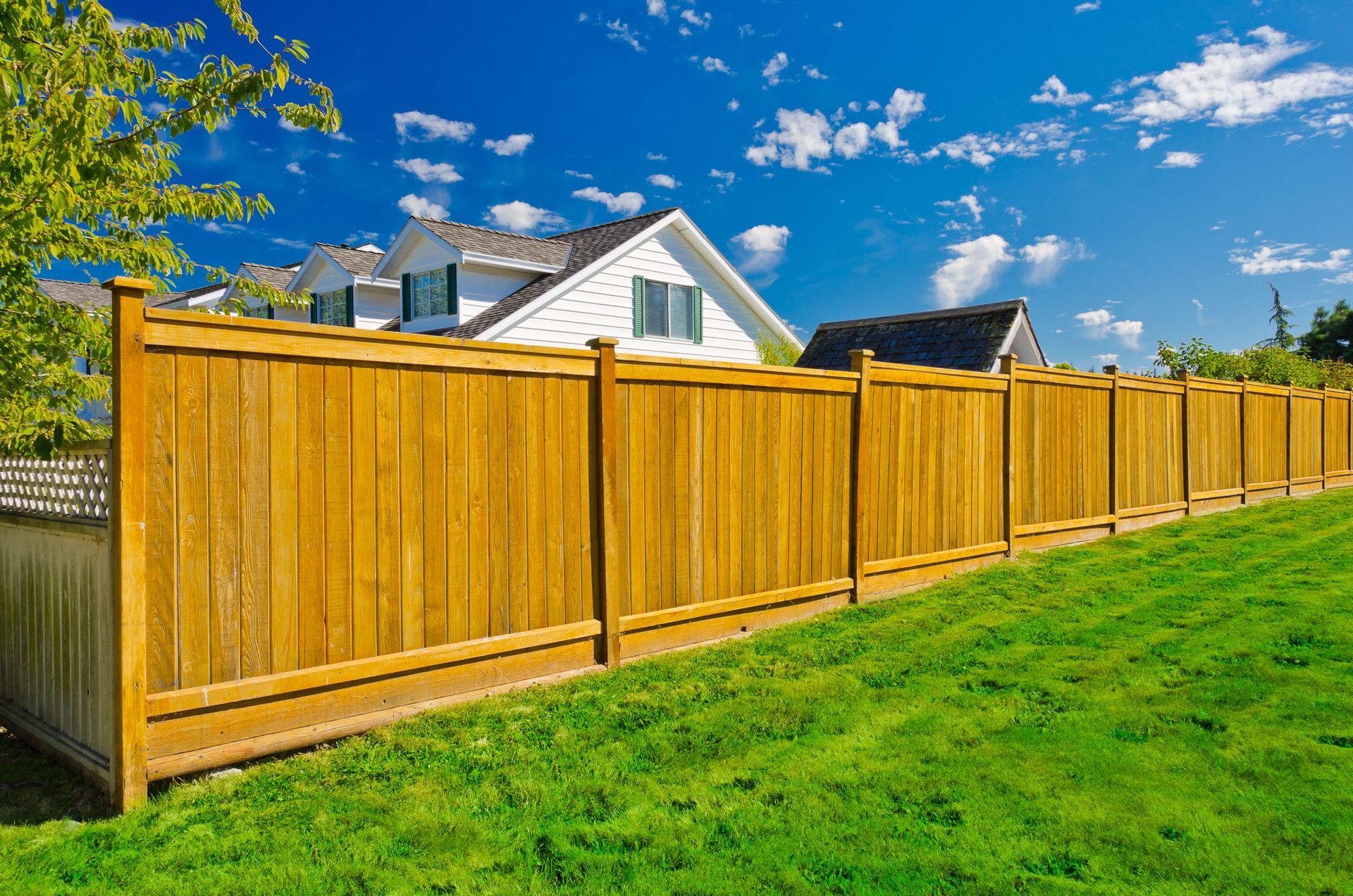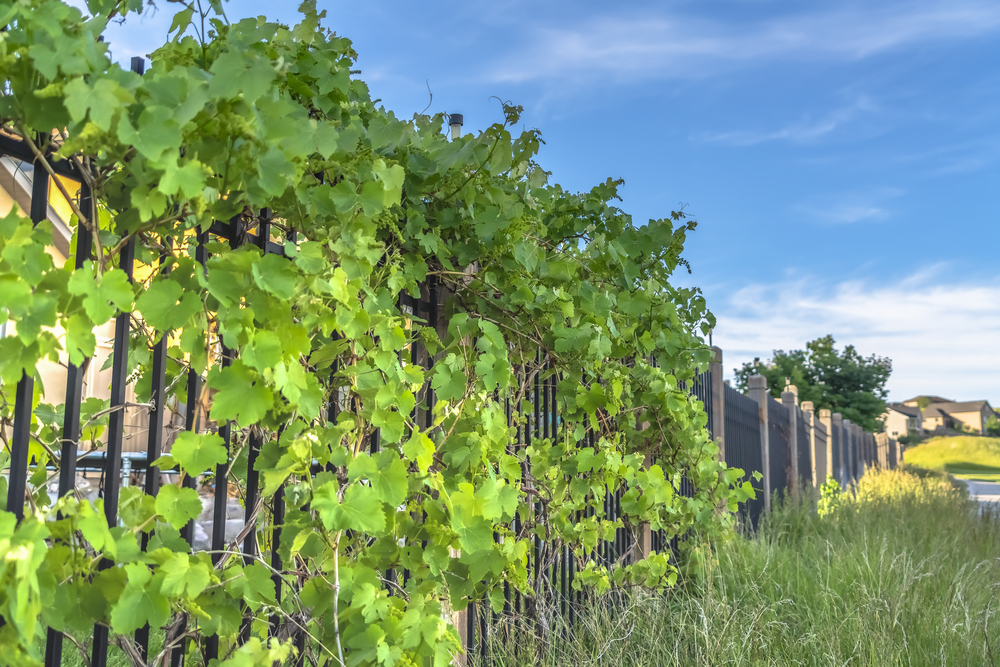All Categories
Featured

While regular maintenance can expand the life of your fence, there comes a time when repair work no much longer are enough, and it's time to take into consideration substitute. Below are some essential signs that your fence may need to be replaced.
- Noticeable Damages or Put On. One of one of the most noticeable signs that your fence is nearing completion of its life expectancy is visible damages. This could include fractures, splits, bending, or damaged areas. Wooden fences are especially vulnerable to splitting or splintering in time, while plastic fencings can develop splits. Metal fencings, like chain-link or wrought iron, can also come to be harmed via corrosion or bent messages. If the damage is structural or widespread, fixing individual areas might not be enough, and changing the fence comes to be necessary.
- Rot and Degeneration. If you observe that components of your fence feel soft to the touch or if you see mold or fungus growing, it's a sign of rot. Minor rot can in some cases be fixed, substantial degeneration, especially near the base of fencing messages, can compromise the honesty of the whole fencing.
- Leaning or Tilting. A leaning fencing is a clear indication that something is incorrect with its structural assistance. If the fence continues to lean regardless of efforts at improvement, it may be time to change the affected areas or the entire fence.
- Rust or Rust (For Steel Fences) While small corrosion can usually be eliminated and dealt with, substantial rust that endangers the fencing's stability is an indication that substitute is necessary. It's far better to replace a greatly corroded metal fencing than to continue attempting repair work.
- Bug Infestations. Wooden fencings are a typical target for parasites like termites, carpenter ants, and rats. These pests can cause comprehensive damages by tunneling into the timber and weakening its framework. If you discover little holes, sawdust piles, or real bugs living in your fencing, it's essential to deal with the invasion as soon as possible. In instances where the damages is severe, the afflicted fencing articles or boards might require to be replaced to bring back the fencing's stability.
- Problem Keeping the Fence. If you locate on your own continuously making repair services to the same areas of your fencing, it could be an indicator that the fencing is past its prime. If you're investing even more money on patching up old areas than you would certainly on a complete substitute, it's time to consider changing the fence altogether.
- Age of the Fence. The age of your fence plays a significant role in its overall problem. While the life-span of a fence can differ depending upon the area, product, and weather condition problems, the majority of fencings last between 15 and 20 years. It may be time to replace it if your fence is approaching or exceeding its expected life expectancy and showing signs of wear and tear. Despite having regular upkeep, an aging fencing will eventually require to be replaced to preserve its capability and appearance.
- Outdated Appearance. In some cases, a fencing merely becomes out-of-date, no longer matching the style or needs of your property. In time, your preference, the landscape, or the design of your home may transform. , if your fence no much longer matches your property or satisfies your demands-- such as personal privacy, safety, or aesthetics-- it might be time to think about a substitute.. New secure fencing products and designs are available that offer improved capability, visual, and durability allure.
- Fencing No More Serves Its Function. Your requirements for a fencing can advance over time. In such situations, replacing the fence with one that satisfies your present requirements is the ideal option.

Conclusion. A fencing is a vital part of your home's outside, offering style, safety, and personal privacy. Nevertheless, like any kind of framework, it will eventually show indicators of aging or damages. If you notice any of the indicators noted above-- noticeable damage, rot, leaning, pest problems, or an outdated look-- it might be time to change your fence. Changing an old, worn-out fence can improve the overall value of your home, boost safety, and provide your backyard a fresh appearance. By watching out for these indicators, you can make an educated decision concerning when it's time to spend in a brand-new fencing.
Latest Posts
Change Your Shower Room Without the Anxiety
Published Apr 19, 25
1 min read
NAPA AutoCare Certified: Choose Montclare Auto Repair for Excellence
Published Apr 19, 25
2 min read
Call Montclare Auto Repair Now - Professional Service at Your Service
Published Apr 19, 25
2 min read